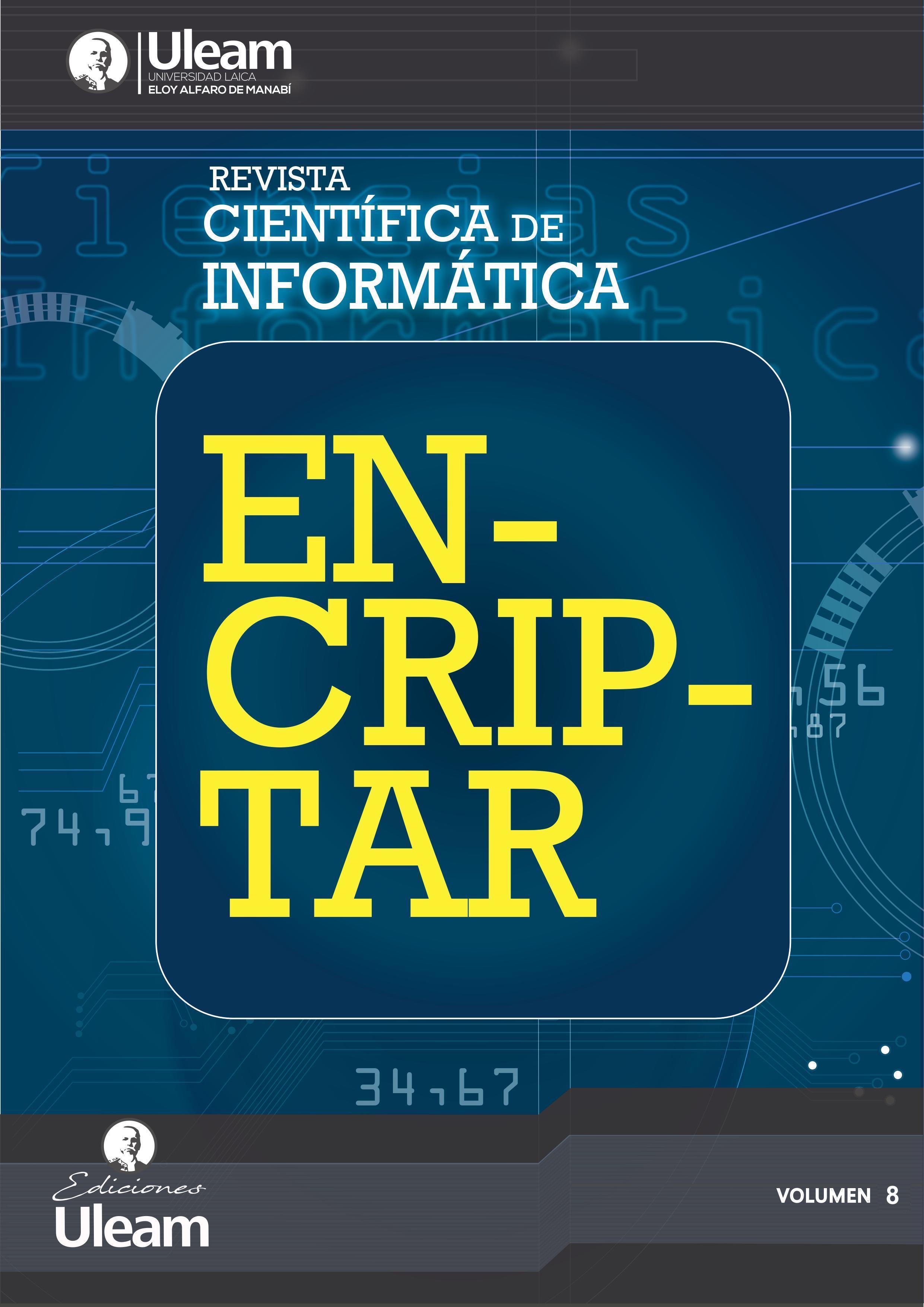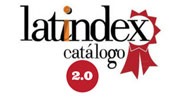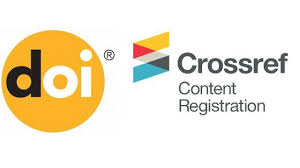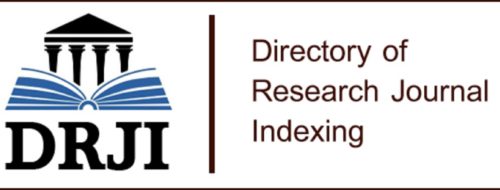PyGraphiX: A Web Tool to Facilitate Coding and Creation of Python-based Graphical User Interfaces
DOI:
https://doi.org/10.56124/encriptar.v8i16.007Keywords:
graphical user interface, open-source software, computer languages, application software, PythonAbstract
Developing graphical applications based on Python presents several challenges, especially due to the complexity of its syntax and the lack of availability of intuitive tools. This represents an obstacle for novice programmers and slows down the development of efficient interfaces. In this context, the need arose to develop a web tool to create graphical interfaces easily, without requiring advanced programming knowledge. To address this problem, this research aims to develop a web tool called PyGraphiX, which facilitates the coding and creation of Python-based graphical interfaces. To this end, the drawbacks associated with graphical development using Python's standard Tkinter library, which is widely used in educational projects, are analyzed. As a solution, this study proposes a tool based on web technologies such as HTML, CSS, and JavaScript, which enable the creation of dynamic and flexible interfaces. Then, the automatic code generation process is described in three stages: analysis, development, and functional testing. Additionally, a method for converting sizes to pixels is presented to optimize design compatibility with the Python environment. This solution allows programmers to automatically generate functional (Python-based) scripts from custom graphical element configurations, making implementation in real-world projects easier. In summary, PyGraphiX allows for more intuitive interface design, overcoming the limitations of Tkinter. Finally, the conclusions of the study are presented, and future research is proposed.
Downloads
References
Antonova, V. M., Zakhir, B. M., & Kuznetsov, N. A. (2019). Modeling of Graphs with Different Types of Reachability in Python. Journal of Communications Technology and Electronics, 64(12), 1464–1472. https://doi.org/10.1134/S1064226919120015
Attardi, J. (2020). Introduction to CSS. Modern CSS, 1–289. https://doi.org/10.1007/978-1-4842-6294-8
Bronshteyn, I. E. (2013). Study of defects in a program code in python. Programming and Computer Software, 39(6), 279–284. https://doi.org/10.1134/S0361768813060017
Charatan, Q., & Kans, A. (2022). Python Case Study. In Programming in Two Semesters, Texts in Computer Science, (pp. 255–290). https://doi.org/10.1007/978-3-031-01326-3
Charatan, Q., Kans, A., & Javafx, F. (2019). Python Graphics with Tkinter. In Texts in Computer Science Java in Two Semesters (p. 719). Springer. https://doi.org/10.1007/978-3-031-01326-3
Dong Gao, B., Wang, X., Ou, D., & Gao, H. (2022). Research and Design of Virtual Driving Platform of Simulated Train Based on Python. Proceedings of the 5th International Conference on Electrical Engineering and Information Technologies for Rail Transportation (EITRT) 2021. EITRT 2021. Lecture Notes in Electrical Engineering, 1, 235–242. https://doi.org/10.1007/978-981-16-9909-2
Elumalai, A. (2021). Play with Letters and Words. In Introduction to Python for Kids: Learn Python the Fun Way by Completing Activities and Solving Puzzles (pp. 1–552). Apress. https://doi.org/10.1007/978-1-4842-6812-4
Freeman, A. (2022). Using Methods and Interfaces. In Pro Go (pp. 273–307). Apress. https://doi.org/doi.org/10.1007/978-1-4842-7355-5_11
Gladstone, A. (2022). C++ Software Interoperability for Windows Programmers. In Building a Python Extension Module (pp. 147–172). Apress. https://doi.org/10.1007/978-1-4842-7966-3_7
Katricheva, N., Yaskevich, A., Lisitsina, A., Zhordaniya, T., Kutuzov, A., & Kuzmenko, E. (2020). Vec2graph: A python library for visualizing word embeddings as graphs. In Communications in Computer and Information Science (Vol. 1086CCIS). Springer International Publishing. https://doi.org/10.1007/978-3-030-39575-9_20
Kawamura, K., & Yamamoto, A. (2021). HTML-LSTM: Information Extraction from HTML Tables in Web Pages Using Tree-Structured LSTM. In L. Soares, C., Torgo (Ed.), Lecture Notes in Computer Science: Vol. 12986 LNAI (pp. 29–43). Springer International Publishing. https://doi.org/10.1007/978-3-030-88942-5_3
Moruzzi, G. (2020). Tkinter Graphics. In Essential Python for the Physicist (pp. 1–302). Springer. https://doi.org/10.1007/978-3-030-45027-4
Sherathiya, V. N., Schaid, M. D., Seiler, J. L., Lopez, G. C., & Lerner, T. N. (2021). GuPPy, a Python toolbox for the analysis of fiber photometry data. Scientific Reports, 11(1), 1–9. https://doi.org/10.1038/s41598-021-03626-9
Thesing, T., Feldmann, C., & Burchardt, M. (2021). Agile versus Waterfall Project Management: Decision model for selecting the appropriate approach to a project. Procedia Computer Science, 181, 746–756. https://doi.org/10.1016/j.procs.2021.01.227
Willman, J. M. (2022). Creating GUIs with Qt Designer. In Beginning PyQt (pp. 217–258). Apress. https://doi.org/10.1007/978-1-4842-7999-1_8
Published
How to Cite
Issue
Section
License
Copyright (c) 2025 Scientific Journal of Informatics ENCRYPT - ISSN: 2737-6389.

This work is licensed under a Creative Commons Attribution-NonCommercial-ShareAlike 4.0 International License.















